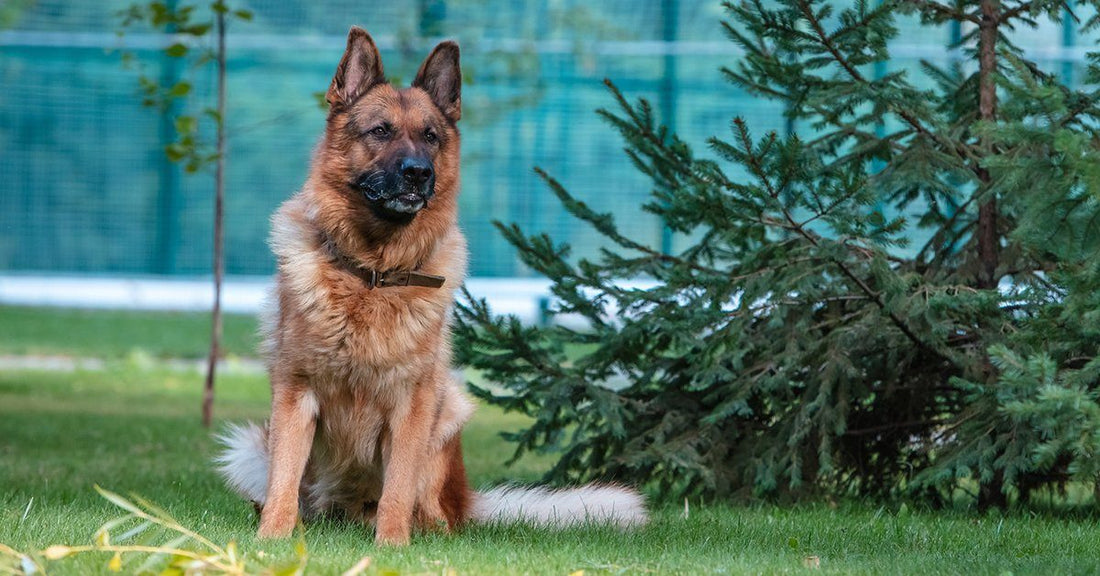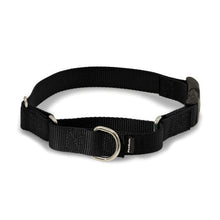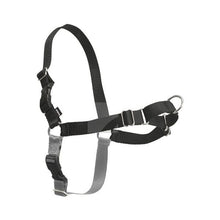12 Fun And Easy Hand Signals To Teach Your Dog

Dogs are excellent at reading body language. Those times when your dog seemingly reads your mind, most likely your dog is reading unspoken physical cues. Dogs can read your body language, eye movements, posture, as well as hand signals.
Dogs’ understanding of interpreting body language is profound. They are accustomed to using body language to communicate what is going on with them, too. They communicate with you and each other through use of postures, tail carriage, ear and eye position, facial expressions, and movement.
In a study called the Domestication of Social Cognition in Dogs, researchers found that “dogs are more skillful than great apes at a number of tasks in which they must read human communicative signals indicating the location of hidden food.” Domesticated puppies were even found better at reading body language than wolves raised by humans.
The study concluded that dogs gathered social information and used visual skills to locate food hidden in containers when humans pointed, gazed at, or tapped on the containers. You’ve probably seen this skill in action if you’ve ever glanced at your dogs leash or treats and suddenly your dog wants to go for a walk or eat a snack.
Since dogs are so adept at reading body language, they can easily be taught to read hand signals. Teaching your dog to read hand signals is very rewarding and also helpful should your dog lose hearing in their golden years.
To begin teaching your dog hand signals, stick with simple commands and clear hand gestures. Start by offering a click (if your dog is clicker trained), treat, and praise when they follow the hand signal. Once your dog makes the connection that you are offering a signal rather than verbal command, they will catch on quickly and you can continue to add as many commands as the dog can handle.
Any easy method to begin training starts with choosing one command and doing the hand signal, immediately followed with the corresponding command. When the dog follows the command, reward the correct behavior. For example, use your hand signal for sit, immediately say “sit,” and when the dog sits, offer the reward.
Practice the hand signal and command until the dog sits using only the hand signal. Once the dog reliably sits with only the hand signal, teach another command and then start building on their hand signal vocabulary. If your dog is having trouble making the connection between the hand signal and the command, hold the treat in your hand and use it as a lure to get your dog into position.
You can choose any hand signal you like for your dog. You may even discover you have been using hand signals without giving it much thought. Here we’ve used more universal training signals. Some simple commands to start with include:
1. Sit
Open hand, palm up, you can move palm up to touch your shoulder
2. Lie down
Finger pointing down
3. Stand
Arm relaxed at side, push arm backward
4. Stay
Open hand, palm forward, stop signal
5. Heel
Use finger to make small circle at your hip or put your hand on your hip, practice left and right
6. Come
Move arm diagonally across your chest, hand to opposite shoulder or open arms wide
7. Place or go to your crate
Point to where you want your dog to go
8. Watch me
Point at your eye
9. Take It
Closed fist
10. Drop It
Open fist
11. Follow Target
Use your hand as a target and have your dog follow it
12. Free, Break (we’re done)
Both hands up by shoulders
























